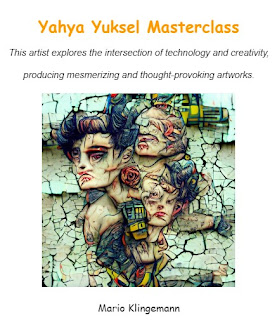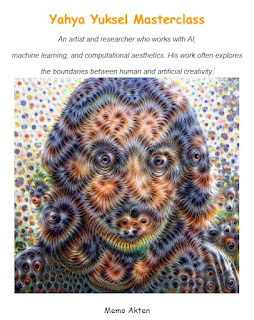Yahya Yuksel | The Impact of Generative AI on the Art Market
The emergence of AI-generated art has not only sparked creative innovation but also disrupted the traditional art market. Works created by AI have gained attention in prestigious galleries, exhibitions, and auctions. In 2018, an AI-generated portrait sold for over $400,000 at a Christie’s auction, marking a pivotal moment for AI's entry into the commercial art world. This event fueled a surge of interest in the potential market value of AI art, attracting both investors and collectors. However, the rise of AI-generated art also presents challenges for the art market as noted by generative AI professionals including Yahya Yuksel . Questions about authorship, originality, and intellectual property rights are becoming more complex. For example, who should be credited as the artist: the programmer, the machine, or both? Additionally, as AI-generated works become more prevalent, there is a growing concern about the devaluation of traditional art forms. Nevertheless, the art mark...








